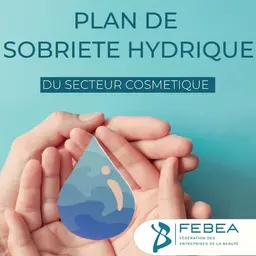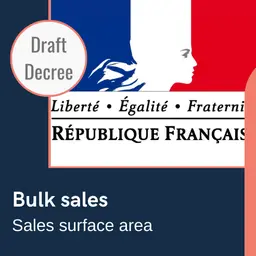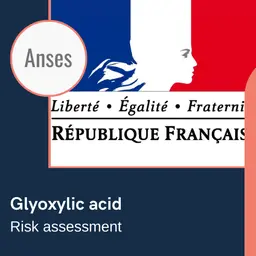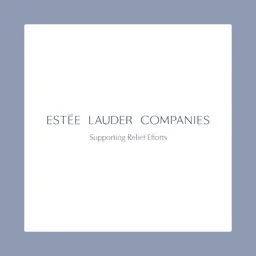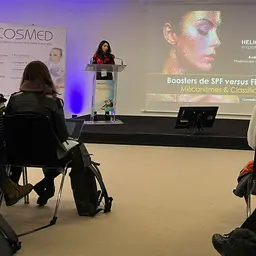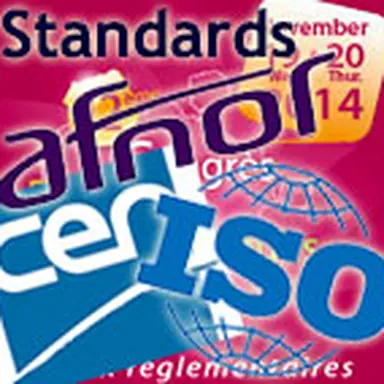
European regulations, national laws, guidelines from various professional organizations… the regulations which apply to cosmetics ensue from several types of texts. Among them can be found normative documents, and in particular certain technical standards which were presented by Catherine Desmares, who used to work for the AFSSAPS (today’s ANSM, the French National Agency of Medicine and Health Products Safety), and is now the Standards Officer at the French Ministry of Social Affairs and Health.
The speaker started by reminding that ‘standardization is an activity of general interest, which aims at producing consensus reference documents drafted by all the parties concerned, and which focuses on rules, guidelines, characteristics, recommendations, or examples of good practice’.
Standards may concern products, services, methods, processes, or organizations, and are applied on a voluntary basis. They respond to numerous challenges, as they can facilitate goods and service exchanges, guarantee quality and safety, enhance innovation, or contribute to compliance with regulations…
Standards can be French, European, or international, depending on whether they were adopted by a national (AFNOR), European (CEN), or international (ISO) standardization organization.
At the French level
The French standardization system is built and structured on a step-by-step basis, the latest step being French decree no. 2009-697 dated June 16, 2009. It is intended to promote the French commitment to standardization work, both to respond to European and international challenges, and to better link standardization with regulations.
It relies on two categories of stakeholders:
• On the one hand, the French association for standardization (AFNOR) and the sector bodies delegated and approved by the Ministry in charge of the industry, which take care of standardization and its promotion
• …



